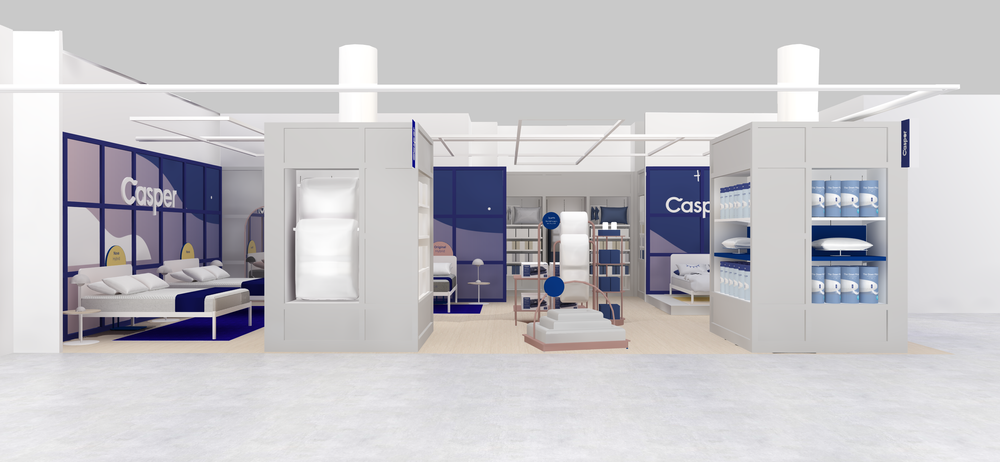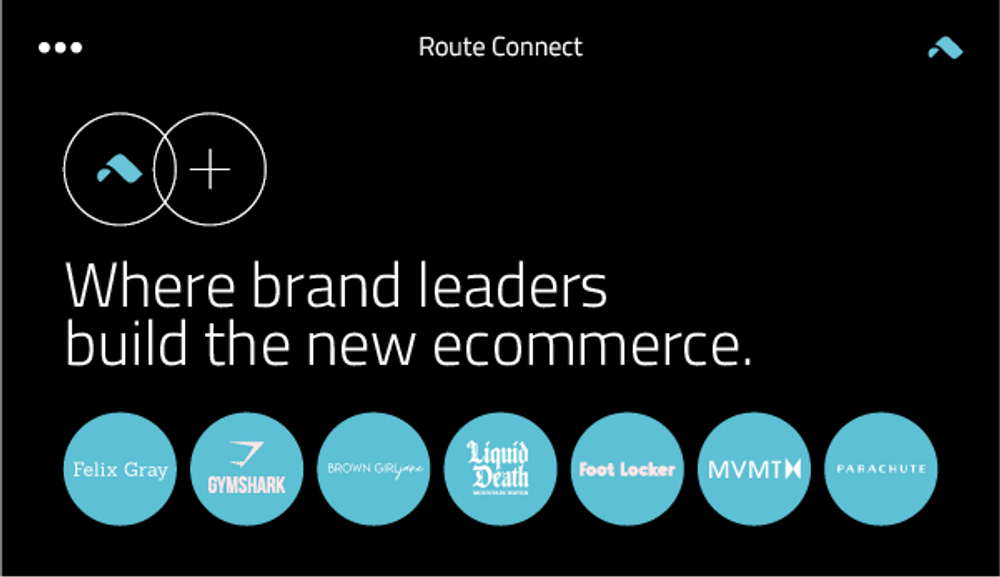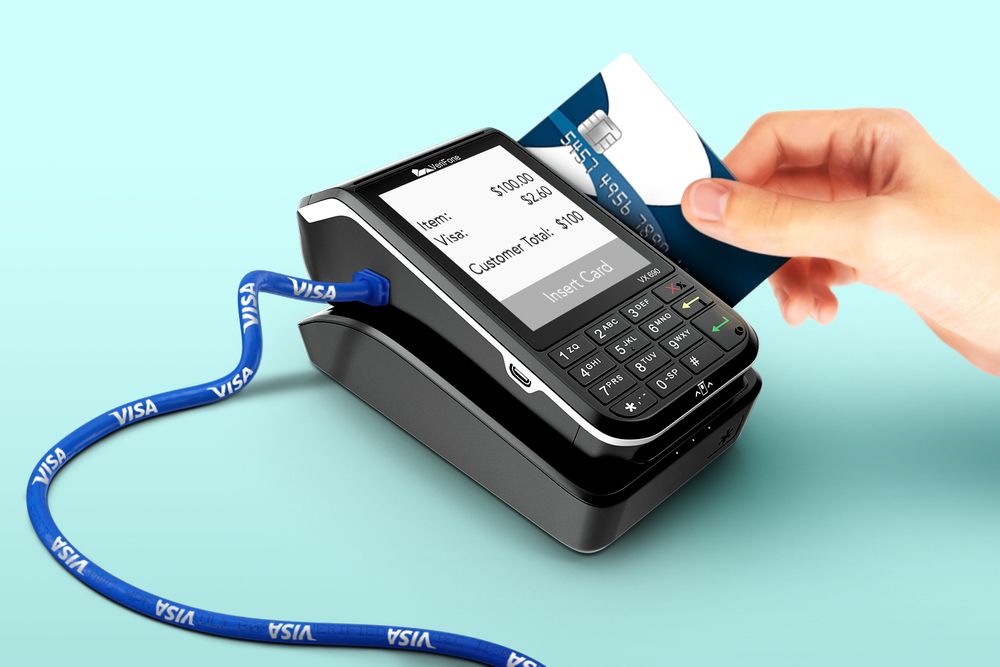|
Welcome back. Our conversation with ThredUp’s Pooja Sethi and B-Stock’s Marcus Shen is just around the corner—tomorrow, July 20, at 12:30pm ET, to be exact. Sign up here to learn about how the resale space is offering a sustainable solution for retailers.
In today’s edition:
- Kmart exits Manhattan
- Casper
 Bed Bath & Beyond Bed Bath & Beyond
- Walmart (self) checks out Texas
—Katishi Maake, Julia Gray
|
|
|
Spencer Platt/Getty Images
|
After 25 years, the Kmart on Astor Place shut its doors last week. If you spent any number of those years in lower Manhattan, you might feel wistful about its closing. If you live anywhere else, you might feel confused.
The Astor Place Kmart had become something of a downtown institution. Some have described the location as “haunted.” Others said it was the only place one could feel truly “normal.” Sentimentality aside, the 154,000-square-foot megastore was a historic retail powerhouse, and whatever becomes of the space could point to the state of the department store.
The fall
The Kmart was located on 8th Street and Broadway, situated in the former John Wanamaker New York flagship building, one of Manhattan’s legendary department store structures. When it opened in 1996, the Astor Place location was one of 2,000+ Kmarts throughout America. Now, fewer than 40 Kmarts remain in the US.
-
Kmart’s parent firm, Transformco, announced it was closing the Penn Plaza store last February.
- There are now only two Kmarts in New York City, located in the Bronx. (Transformco did not comment on the Astor Place closure.)
Warning signs: “Kmart’s relationship with many of its longtime vendors has evaporated,” department store historian Michael Lisicky wrote in March. “It has led to empty shelves and unusual selections of off-brand merchandise...Kmart is no longer a profitable and dependable outlet for suppliers.”
- Product deliveries and foot traffic to the Astor Place Kmart had slowed in recent months, employees told Lisicky.
But the store was already on thin ice. In 2018, the three-story business shrank to fit two levels. Kmart had failed to pay its bills for years, Lisicky reported.
“In many cases, the real estate underlying [department] stores may be more valuable than the stores themselves,” David Wilk, director of the real estate program at Temple University’s Fox School of Business, told Retail Brew. “That's another strategy for department stores, to come up with a monetization strategy for their real estate.”
The future
Kmart’s fate may look bleak, but the Astor Place space is ripe with opportunities. “Physical retail is not dead. In the urban market, there’s a real place for it,” Kearney’s Michael Brown told Retail Brew—especially for online brands now expanding into brick and mortar.
- “Good space is good space,” Brown said. “If the concept lived [its] life expectancy, the traffic is still going to be there, so we just need to revive them.”
Less is more: As for the fate of the traditional department store? “There will be a place for department stores, but a much more reduced physical footprint in the future,” Brown said. “Less physical space, but still integrated with their e-commerce businesses.”—JG
|
|
|
Casper
|
Casper’s getting into bed with Bed Bath & Beyond. The mattress company will open its first store-within-a-store at BBBY’s reopening Manhattan flagship.
- Casper plans to open inside 10 more Bed Bath & Beyond locations in the coming months, leveraging the big box retailer's name recognition.
What DTC roots? Purchasing a mattress is a major decision for customers, who often want to test their options before swiping their card, Emilie Arel, Casper’s president and chief commercial officer, told Retail Brew.
- “Since 2019, we’ve doubled the [number] of products we’re selling,” Arel said, and the new shop will show them off.
“When [Casper] launched, people were knocking on the door of the office because they wanted to try the mattress,” Arel said. “The experience the brand can bring, whether in a shop-in-shop concept, in their own store, or in another retail partner, is very important.”
Casper has already partnered with retailers including Macy’s, Nordstrom, Target, and Mattress Warehouse. Moving forward, the company wants to expand that roster—and its own 70-store footprint, Arel said.
The big picture: Store-in-store concepts are attractive for brands to test new markets with the help of trusted retailers. Lids paired up with DSW in April, for example, while David’s Bridal and The Black Tux got hitched in March.—KM
|
|
|
|
It’s tougher than ever to build an authentic bond with your customers. If you don’t attend Route Connect, that is.
To home in on what works, what doesn’t, and what the future holds, Route Connect is bringing the best e-commerce minds together for a full day of intel and innovation focused around how to connect with your audience.
Consider this your VIP invite to the premier e-commerce event of the season. The industry’s best will be dishing out exclusive know-how, actionable insights, and tangible strategies tailor-made for building authentic connections with modern consumers.
Just take a gander at this gaggle of thought leaders who’ll be presenting:
- Sara and Erin Foster, cofounders of Favorite Daughter
- Tai Beauchamp, cofounder of Brown Girl Jane
- Sennai Atsbeha, VP of brand marketing at Gymshark
Registration for Route Connect online is free. Sign up to attend before July 27 for a chance to attend the event IRL  all expenses paid. all expenses paid.
|
|
|
|
The race for retail domination is entering its next phase: Walmart is testing a self-checkout-only store in Plano, Texas.
Next, please: Walmart wants to know if this innovation is better than the traditional store model, The Dallas Morning News notes. Walmart opened its first all-self-checkout superstore in Fayetteville, Arkansas, last summer, but Plano is a much bigger market.
- Would-be cashiers, or “customer hosts,” wait on standby to help shoppers.
- Customers say the checkout process is faster and there are no lines, but they are still worried about employees losing jobs.
That sentiment jibes with larger-scale trends: 70% of shoppers said self-checkout has made in-store shopping easier, but the same number are worried that increased automation will lead to retailers cutting jobs, per a June Retail Brew/Harris Poll survey.
- “I know of a couple of cashiers who lost their jobs,” a customer told The Dallas Morning News. “But now there’s never a line, and there used to always be lines here.”
Zoom out: Target, Kroger, Costco, and plenty of others have recently upgraded their self-checkout processes, but still offer the typical cashier experience. Amazon is a step ahead with its “Just Walk Out” tech.
-
But it’s worth noting that only 30% of shoppers want more technology integrated into their shopping experience, per our June poll.—KM
|
|
-
Kite Realty Group will merge with Retail Properties of America, creating a new power player among US shopping centers.
-
Tractor Supply’s second quarter earnings beat expectations.
-
Ermenegildo Zegna, the luxury fashion group, will go public in a $3.2 billion SPAC deal.
-
Sephora is reportedly planning to snap up Britain’s Feelunique.com.
-
Impossible Foods, following Beyond Meat, plans its own meatless chicken nugget drop this fall.
|
|
|
Today’s top retail reads.
High suspense: Luxury brands are learning about the Chinese Gen Z market through an interactive murder mystery game. (Vogue Business)
Let’s shop: The mall is making a comeback with a post-pandemic makeover. (Axios)
Blackout: Brands are “going dark” on social media to rebrand ahead of big releases. (Business of Fashion)
|
|
|
At the mall, it’s where band tees are the only tees. In Retail Brew, it’s where we invite readers to weigh in on a trending retail topic.
Facial recognition is becoming more common in stores, but not everyone’s happy about it. A handful of advocacy groups announced a campaign last week to get retailers to stop using it—or never start.
- Retailers say the technology helps prevent fraud and keep up with foot traffic.
- Opponents believe facial recognition is an invasion of privacy and can sometimes misidentify customers.
Our question: How do you feel about the use of facial recognition technology in stores? Cast your vote here.
Circling back: We recently asked which sustainability upgrade will have the biggest impact as retailers race to meet their net-zero goals. Adding a resale program led the way (fittingly, given Retail Brew’s upcoming event) with 40.3% of the votes, followed by using recycled materials (32.5%) and eco-friendly packaging (27.3%).
|
|
|
Catch up on the Retail Brew stories you may have missed.
|
|
|
Written by
Julia Gray and Katishi Maake
Illustrations & graphics by
Francis Scialabba
Was this email forwarded to you? Sign up here.
|
ADVERTISE // CAREERS // SHOP // FAQ
Update your email preferences or unsubscribe here.
View our privacy policy here.
Copyright © 2021 Morning Brew. All rights reserved.
22 W 19th St, 8th Floor, New York, NY 10011
|
|









